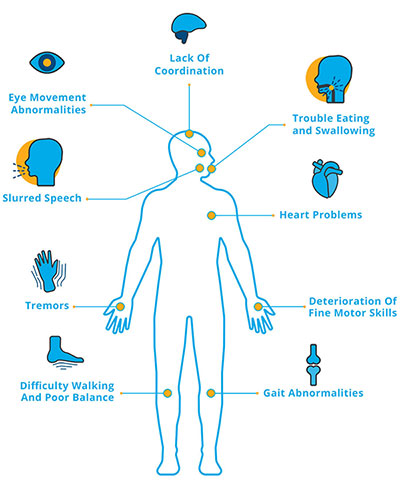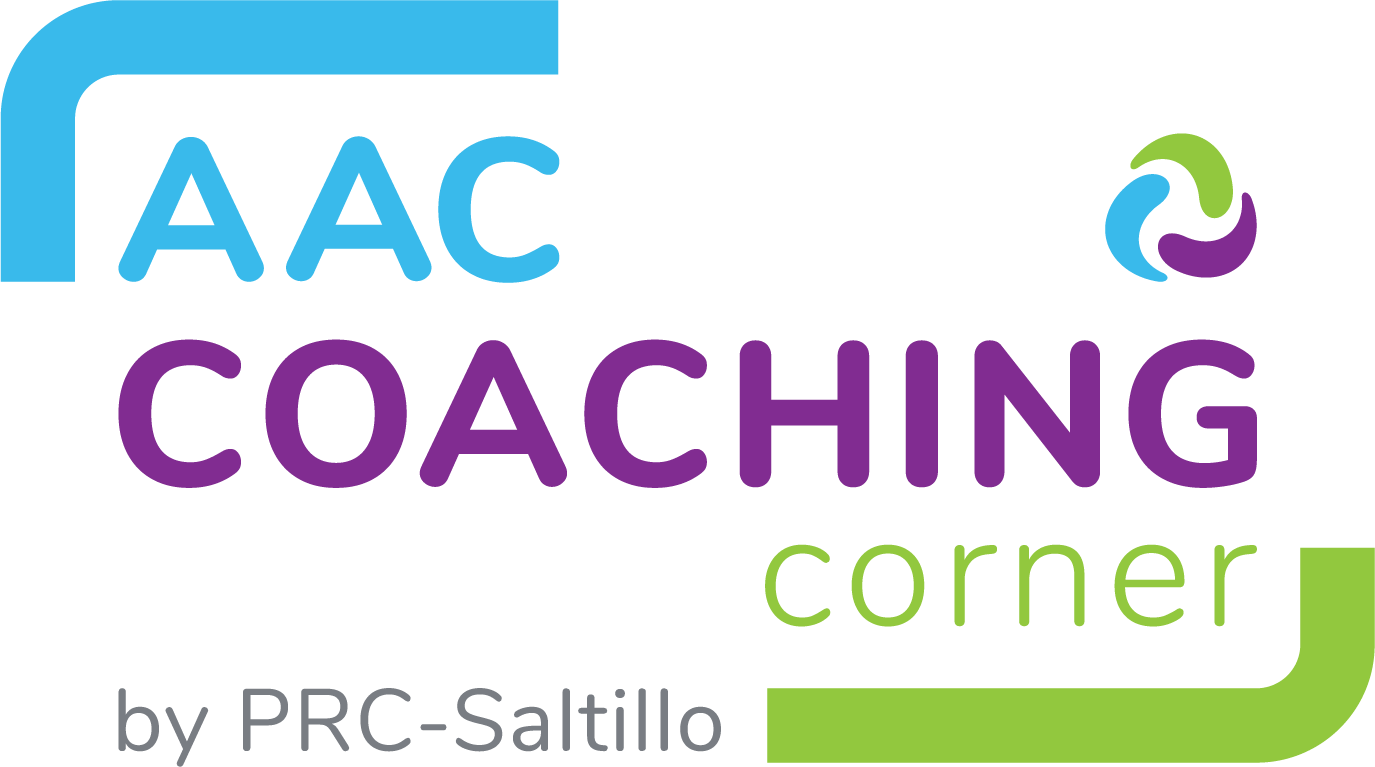ATTENTION
For the best experience on our site, please turn off compatibility view in the tools menu, or use a different browser.
 How much do you know about ataxia? If you’re like most people, you may never have heard of it, yet 150,000 people in the U.S. are affected.
How much do you know about ataxia? If you’re like most people, you may never have heard of it, yet 150,000 people in the U.S. are affected.
Ataxia is a degenerative disease of the nervous system, consisting of the loss of full control of muscle movements.
Common symptoms include:
- Lack of coordination
- Slurred speech
- Trouble eating and swallowing
- Eye movement abnormalities
- Deterioration of fine motor skills
- Difficulty walking
- Gait abnormalities
- Tremors
- Heart problems
While the term ataxia is primarily used to describe this set of symptoms, it is sometimes also used to refer to a family of disorders. It is not, however, a specific diagnosis.
Types of Ataxia
There are three main types of ataxia:
Cerebellar
Many cases of ataxia are as a result of damage to a part of the brain called the cerebellum, which serves as the balance and coordination center. The cerebellum assists in muscle coordination and helps maintain balance while walking or performing other movements, along with coordinating eye movements, speech and swallowing.
Sensory
Sensory ataxia is a result of damage to the spinal cord, impairing the ability to coordinate the body and limbs for movement.
Vestibular
Vestibular ataxia affects one’s sense of balance and spatial orientation. Because the brain uses information from the vestibular system for movement, when the vestibular system is affected so is motion.
Treatment
Currently, there is no cure for ataxia. For cases of ataxia brought on by non-genetic causes such as stroke or benign tumor, there may be treatments that can help. But for those with a genetic cause, research may one day hold the key to a treatment or cure.
Facts:
- Ataxia is a disease that affects people of all ages.
- Age of symptom-onset can vary widely, from childhood to late-adulthood.
- Complications from the disease are serious, oftentimes debilitating, and can be life-shortening.
- Individuals with ataxia often require the use of wheelchairs, walkers, and/or scooters.
- Ataxia is an umbrella term used to classify a group of diseases that include:
- Ataxia Telangiectasia
- Episodic Ataxia
- Friedreich’s Ataxia
- Multiple System Atrophy
- Spinocerebellar Ataxia
- Sporadic Ataxia
Source and image: National Ataxia Foundation
Learn more
Copyright © PRC-Saltillo. All Rights Reserved.

















 How much do you know about ataxia? If you’re like most people, you may never have heard of it, yet 150,000 people in the U.S. are affected.
How much do you know about ataxia? If you’re like most people, you may never have heard of it, yet 150,000 people in the U.S. are affected.